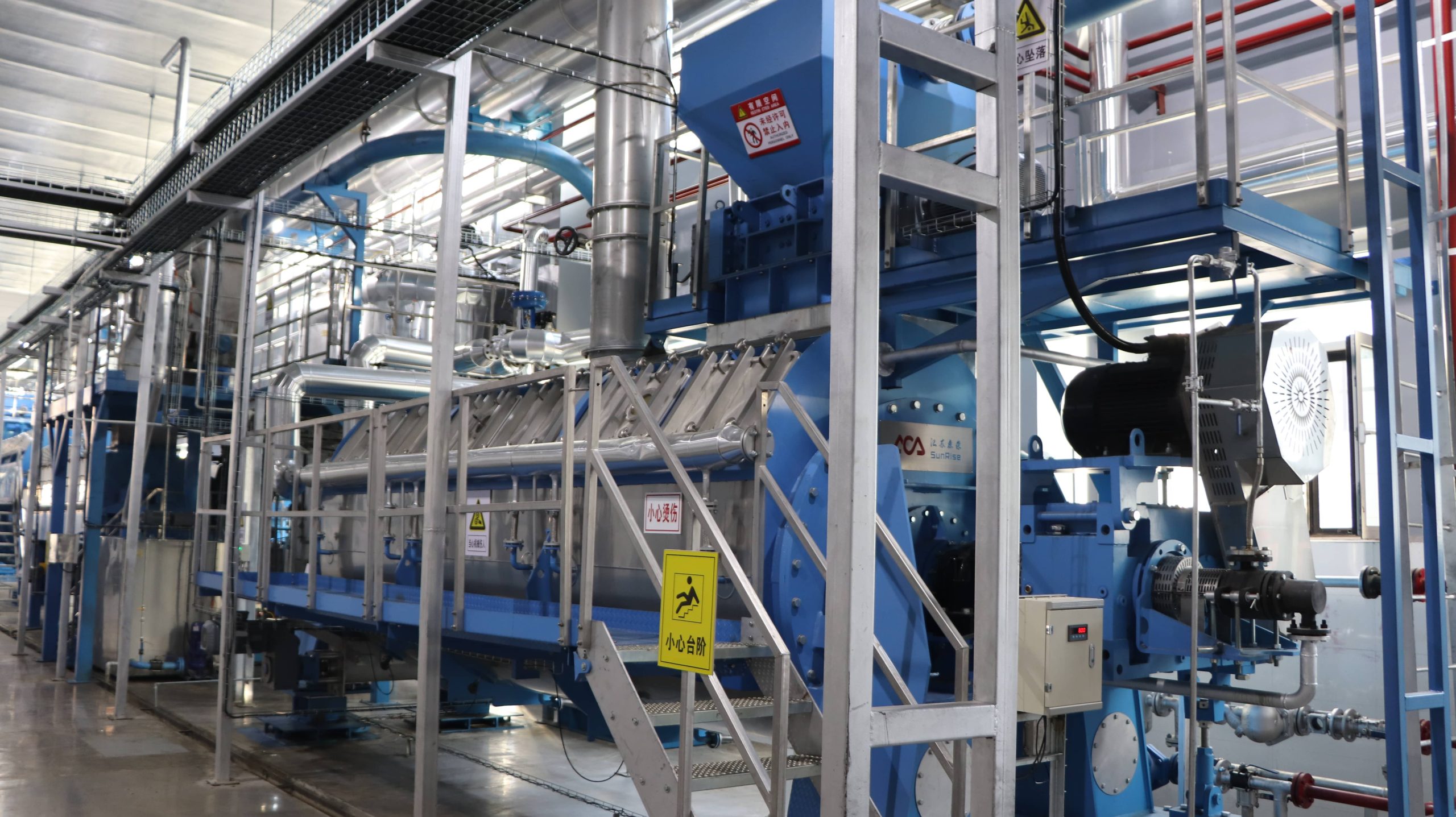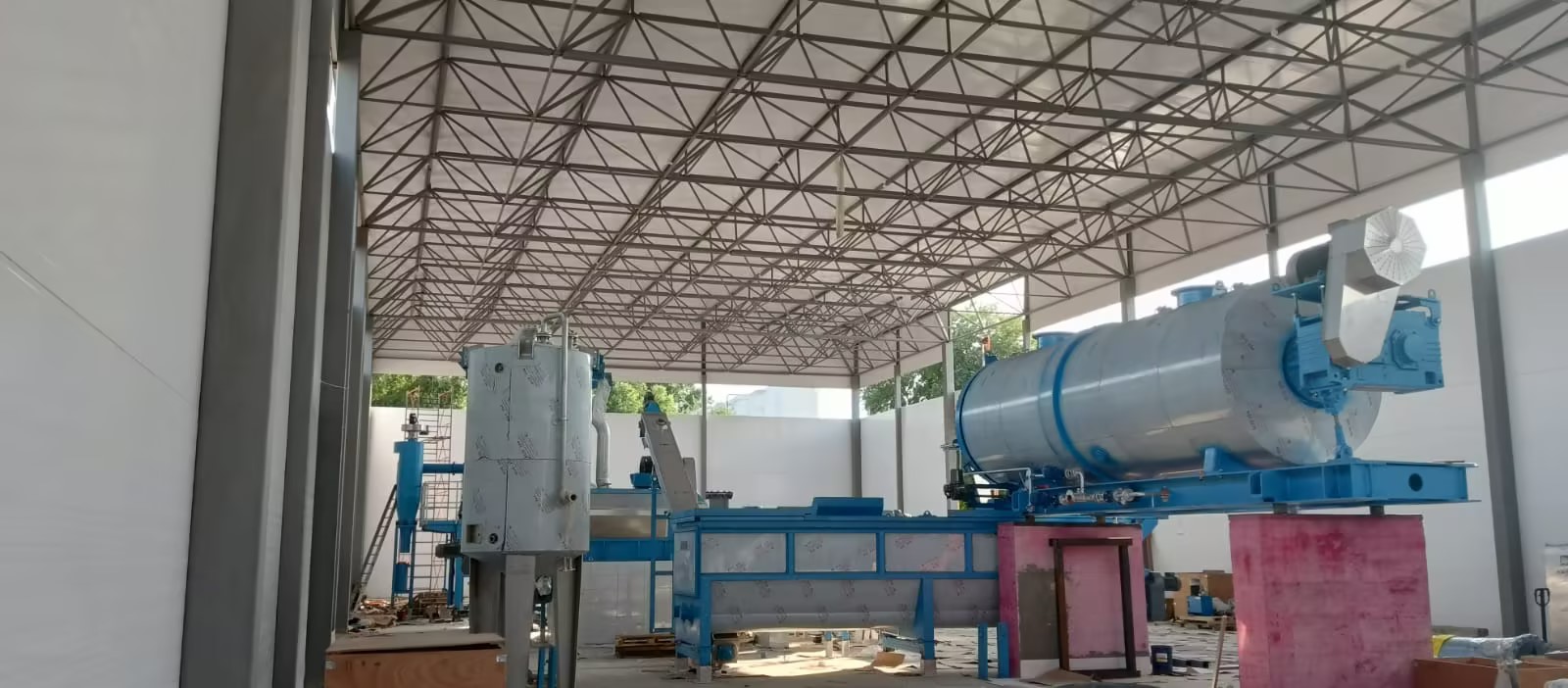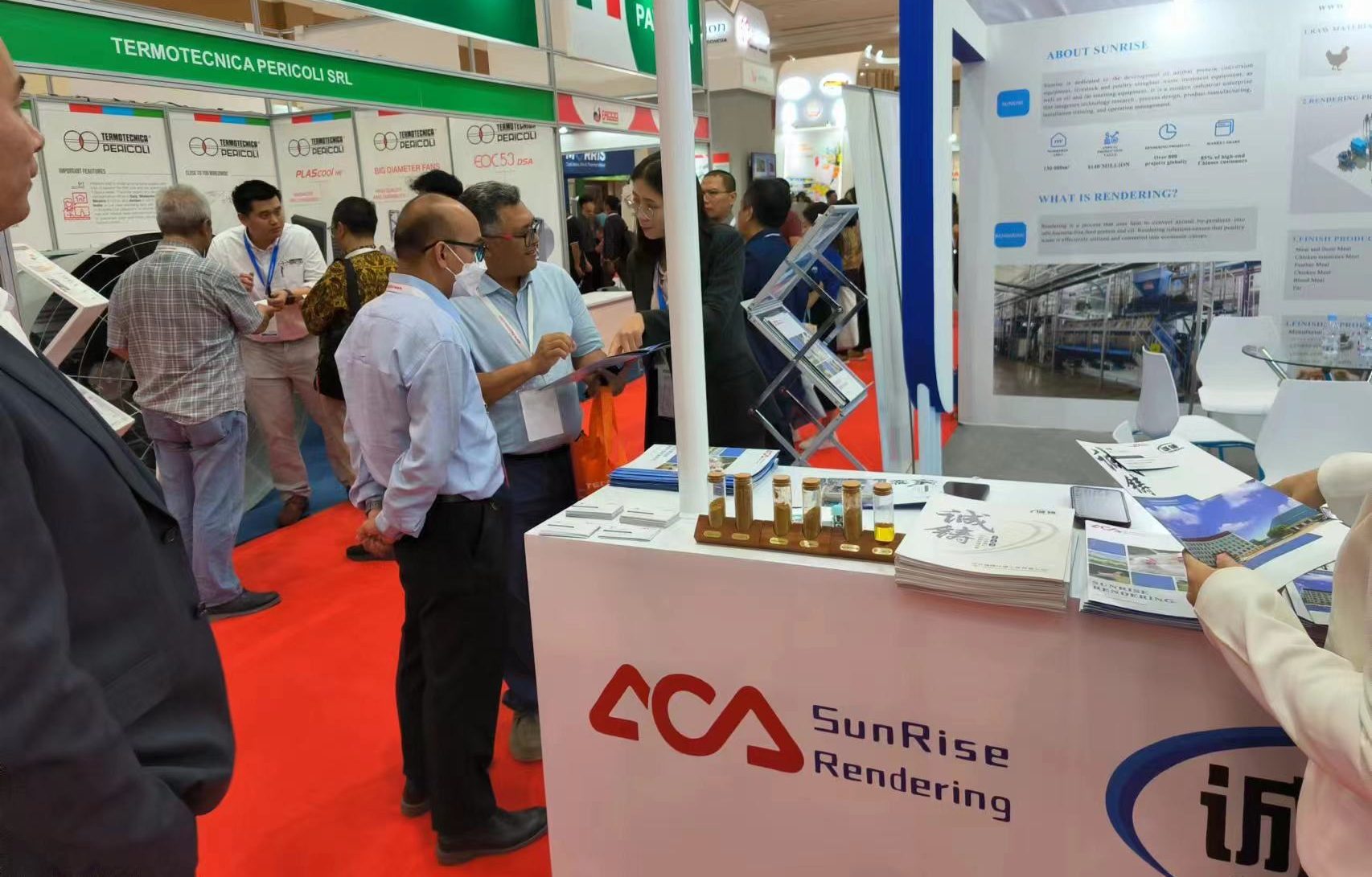
Feather Press: A Comprehensive Guide to the Best Brands and Techniques
Feather Press: A Comprehensive Guide to the Best Brands and Techniques
Feather press is a unique printing technique that has gained popularity in recent years. It involves the use of a specialized printing press that applies ink to paper using feather-like brushes instead of traditional printing plates. This results in a distinctive texture and appearance that sets feather press apart from other printing methods.

Feather press is a versatile technique that can be used for a variety of printing projects, from business cards and invitations to art prints and book covers. It allows for a high level of customization, with the ability to choose from a wide range of ink colors and paper types. The feather-like brushes also create a soft, tactile feel that adds an extra dimension to the printed piece.
While feather press may not be as widely known as other printing methods, its unique texture and customization options make it a popular choice for those looking to add a special touch to their printed materials. As more people discover the beauty of feather press, it is likely to continue to grow in popularity and become more widely used in the printing industry.
History of Feather Press Technology

Origins and Evolution
Feather press technology has been around for centuries. It was originally used to create quills for writing, but over time, it evolved into a method for pressing feathers into a variety of shapes and forms. The earliest feather presses were simple hand-operated devices that used a screw or lever to apply pressure to the feathers.
In the 19th century, screw conveyor the invention of the steam engine led to the development of more powerful feather presses. These machines were capable of producing large quantities of feather products, including pillows, comforters, and clothing. Feather press technology continued to evolve in the 20th century with the advent of electric and hydraulic presses.
Modern Advancements
Today, feather press technology has advanced to the point where it can produce a wide range of products with varying degrees of softness and loft. Modern feather presses use computer-controlled systems to ensure consistent quality and precision. They are capable of producing feather products that are hypoallergenic, antimicrobial, and even fire-resistant.
One of the most significant advancements in feather press technology in recent years has been the development of sustainable and eco-friendly processes. Feather presses now use recycled materials and renewable energy sources to reduce their environmental impact. This has made feather products more environmentally friendly and has helped to promote sustainability in the industry.
Overall, the history of feather press technology is one of evolution and innovation. From its humble origins as a tool for creating quills, it has become a sophisticated and versatile technology that is used to produce a wide range of products. With continued advancements in technology and sustainability, the future of feather press technology looks bright.
Types of Feather Presses

There are three main types of feather presses available in the market: manual, hydraulic, and pneumatic. Each type has its own advantages and disadvantages, and the choice of press will depend on the specific needs of the user.
Manual Feather Presses
Manual feather presses are the simplest and most affordable option available. They are operated by hand, and are ideal for small-scale operations. Manual presses are typically made from cast iron or steel, and are highly durable.
One disadvantage of manual presses is that they require a significant amount of physical effort to operate. They are also slower than hydraulic or pneumatic presses, and may not be suitable for larger-scale operations.
Hydraulic Feather Presses
Hydraulic feather presses are powered by hydraulic cylinders, which apply pressure to the feathers. They are faster and more powerful than manual presses, and are ideal for larger-scale operations.
One advantage of hydraulic presses is that they can be easily adjusted to apply different amounts of pressure, making them highly versatile. They are also more efficient than manual presses, and require less physical effort to operate.
However, hydraulic presses are more expensive than manual presses, and require more maintenance. They also require a hydraulic power source, which can be a significant investment.
Pneumatic Feather Presses
Pneumatic feather presses are powered by compressed air, which is used to apply pressure to the feathers. They are faster and more efficient than both manual and hydraulic presses, and are ideal for high-volume operations.
One advantage of pneumatic presses is that they are highly precise, and can be easily adjusted to apply different amounts of pressure. They are also relatively easy to maintain, and require less physical effort to operate than manual presses.
However, pneumatic presses are the most expensive option available, and require a significant investment in both the press itself and the compressed air system. They are also louder than manual or hydraulic presses, which can be a concern in certain environments.
Feather Press Design Principles

Feather Press is a company known for its high-quality printing presses that are designed to produce sharp and accurate prints. The company has a set of design principles that it follows to ensure that its presses are of the highest quality.
Material Considerations
Feather Press uses only the best materials in the construction of its printing presses. The frames are made of high-quality steel, which provides the necessary rigidity and stability for accurate printing. The printing plates are made of high-quality aluminum, which is lightweight and durable. The ink rollers are made of rubber, which provides a consistent and even ink distribution.
Mechanical Components
Feather Press pays close attention to the mechanical components of its printing presses. The presses are designed to be easy to operate, with simple controls that allow for precise adjustments. The press rollers are designed to be easily adjustable, allowing for fine-tuning of the printing process. The press is also designed to be easy to clean, with removable ink rollers and plates.
Safety Features
Feather Press takes safety seriously, and its printing presses are designed with safety in mind. The press is equipped with safety guards that prevent access to moving parts during operation. The press also has emergency stop buttons that allow operators to quickly shut down the press in case of an emergency.
In conclusion, Feather Press’s design principles focus on using high-quality materials, paying close attention to mechanical components, and ensuring that safety features are in place. These principles result in printing presses that are reliable, easy to operate, and produce high-quality prints.
Feather Press Operation
Preparation Procedures
Before operating the Feather Press, it is important to ensure that the machine is set up correctly and all safety precautions are taken. The following preparation procedures should be followed:
- Ensure that the Feather Press is placed on a level and stable surface.
- Check that the power supply is connected and the machine is switched off.
- Inspect the pressing surface and ensure that it is clean and free from any debris.
- Select the appropriate pressing material for the job and cut it to the required size.
- Position the material on the pressing surface and ensure that it is aligned correctly.
Pressing Techniques
Once the Feather Press is set up and the preparation procedures are complete, the pressing techniques can be applied. The following techniques are recommended:
- Apply pressure evenly across the pressing surface.
- Use the correct temperature and pressure settings for the material being pressed.
- Avoid over-pressing the material, as this can cause damage.
- Use a pressing pillow to protect the pressing surface from any excess ink or adhesive.
Maintenance and Cleaning
To ensure the longevity and efficiency of the Feather Press, regular maintenance and cleaning is required. The following steps should be taken:
- Clean the pressing surface after each use, using a damp cloth and mild detergent.
- Inspect the machine for any signs of wear or damage, and replace any faulty parts immediately.
- Lubricate the machine regularly to ensure smooth operation.
- Store the Feather Press in a dry and dust-free environment when not in use.
Applications of Feather Presses
Feather presses have a wide range of applications in various industries. They are used to compress feathers into a compact and uniform mass, making them easier to handle and process. Here are some of the most common applications of feather presses.
Textile Industry
Feathers are widely used in the textile industry to produce down and feather products, such as pillows, comforters, and jackets. Feather presses are used to compress feathers into a consistent and uniform mass, which can be easily used as filling for these products. Feather presses are also used to remove any impurities or unwanted materials from the feathers, ensuring that they are clean and safe for use in textile products.
Craft and Artistry
Feathers are often used in craft and art projects, such as feather boas, headdresses, and jewelry. Feather presses are used to flatten and shape feathers, making them easier to work with and creating a more uniform appearance. Feather presses can also be used to create patterns and designs on feathers, adding a unique and artistic touch to any project.
Industrial Uses
Feathers are used in a variety of industrial applications, such as insulation, oil spill cleanup, and fertilizer production. Feather presses are used to compress and compact feathers, making them easier to transport and store. Feather presses can also be used to extract oils and other materials from feathers, which can be used in various industrial processes.
In conclusion, feather presses have a wide range of applications in various industries, from textiles to crafts to industrial uses. They are an essential tool for processing feathers and making them easier to handle and use in a variety of products and applications.
Feather Quality and Selection
Feather Types and Traits
Feathers come in various shapes, sizes, and colors, and each type has unique traits that make it suitable for different purposes. The most common feather types used in Feather Press products are goose, duck, and turkey feathers. Goose feathers are known for their large size and softness, making them ideal for bedding and pillows. Duck feathers are smaller and more durable, making them suitable for jackets and other outerwear. Turkey feathers are often used for decorative purposes due to their distinctive iridescent coloring.
Feathers also have different parts, including the quill, rachis, and barbs. The quill is the central shaft of the feather, while the rachis is the main stem that supports the barbs. The barbs are the thin, hair-like strands that extend from the rachis. The quality of the feather depends on the condition of these parts. A feather with a strong, straight quill and well-defined barbs is considered to be of higher quality.
Quality Assessment
To ensure that only the highest quality feathers are used in Feather Press products, a rigorous quality assessment process is followed. The feathers are first sorted by type and then examined for any defects, such as broken quills or missing barbs. Feathers with defects are discarded, and only the best quality feathers are selected for further processing.
The selected feathers are then washed and sterilized to remove any dirt or bacteria. Afterward, they are dried and sorted again to ensure that they meet the required standards. The final step is to package the feathers and ship them to the Feather Press manufacturing facility.
In conclusion, Feather Press takes great care in selecting and processing only the highest quality feathers for their products. With a wide range of feather types and a rigorous quality assessment process, Feather Press ensures that their customers receive the best possible products.
Environmental Impact and Sustainability
Waste Management
Feather Press takes its environmental impact seriously and has implemented a comprehensive waste management system to minimize its carbon footprint. The company uses a closed-loop manufacturing process where all waste generated during production is either recycled or repurposed. The waste generated from feather processing is converted into organic fertilizer, which is then used to grow crops. This not only reduces the amount of waste going to landfills but also helps to improve soil quality.
Recycling Feathers
Feather Press has also implemented a feather recycling program to reduce waste and promote sustainability. The company collects feathers from its production process and recycles them into a range of products, including pillows, comforters, and insulation. This reduces the need for new materials and helps to conserve natural resources.
In addition to these initiatives, Feather Press has also implemented energy-efficient measures in its production facilities, such as using solar panels to generate electricity and using LED lighting to reduce energy consumption. These efforts demonstrate the company’s commitment to sustainability and reducing its environmental impact.
Market Trends and Consumer Behavior
Demand Analysis
Feather press has seen a steady increase in demand over the past few years. According to market research, the global market for feather presses is expected to grow at a CAGR of 5.2% during the forecast period of 2024-2029. The increasing demand for eco-friendly and sustainable products has been a major driver of growth in this market.
The demand for feather press is highest in the Asia Pacific region, followed by Europe and North America. This can be attributed to the growing awareness about the benefits of using feather press, such as reduced waste and energy consumption.
Consumer Preferences
Consumers have shown a preference for feather press over traditional ironing methods due to its ease of use and efficiency. Feather press is also considered to be a more eco-friendly option, which is a major factor driving its popularity.
In terms of design, consumers prefer lightweight and compact feather presses that are easy to store and transport. They also prefer presses with adjustable temperature settings and steam options for optimal results.
When it comes to purchasing decisions, consumers are willing to pay a premium for high-quality feather presses that offer durability and efficiency. They also prefer to purchase from brands that have a reputation for producing eco-friendly and sustainable products.
Overall, the market trends and consumer behavior suggest a positive outlook for the feather press industry, with increasing demand and a growing preference for eco-friendly products.
Regulatory Standards and Compliance
Industry Regulations
Feather Press is committed to meeting and exceeding industry regulations to ensure the safety and quality of its products. The company follows guidelines set forth by regulatory bodies such as the FDA and USDA to ensure that its products meet the highest standards for safety, quality, and efficacy.
Feather Press also adheres to industry standards such as the Good Manufacturing Practices (GMP) and Hazard Analysis and Critical Control Points (HACCP) to ensure that its manufacturing processes are safe and effective. The company regularly undergoes audits to ensure compliance with these regulations and standards.
Certification Processes
In addition to adhering to industry regulations and standards, Feather Press also seeks out third-party certifications to further demonstrate its commitment to quality and safety. The company has earned certifications such as the Organic Certification and Non-GMO Project Verified to ensure that its products meet the highest standards for purity and sustainability.
Feather Press also works closely with its suppliers to ensure that they meet the same standards for quality and safety. The company only sources ingredients from suppliers who have been certified by third-party organizations such as Fair Trade USA and Rainforest Alliance.
Overall, Feather Press is committed to maintaining the highest standards for regulatory compliance and certification to ensure the safety and quality of its products.



